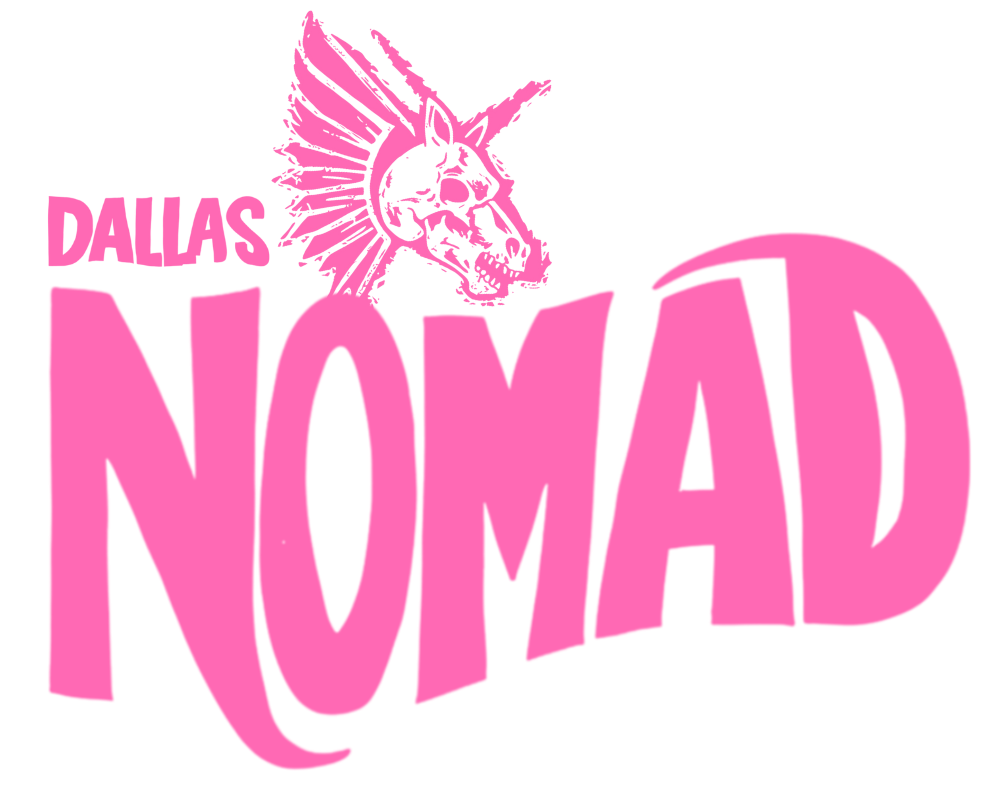At the Kurowashi Collective, Sumo is for Everyone
Kurowashi Collective in Denton brings a community space for sumo wrestling while maintaining a casual, friendly, and countercultural edge
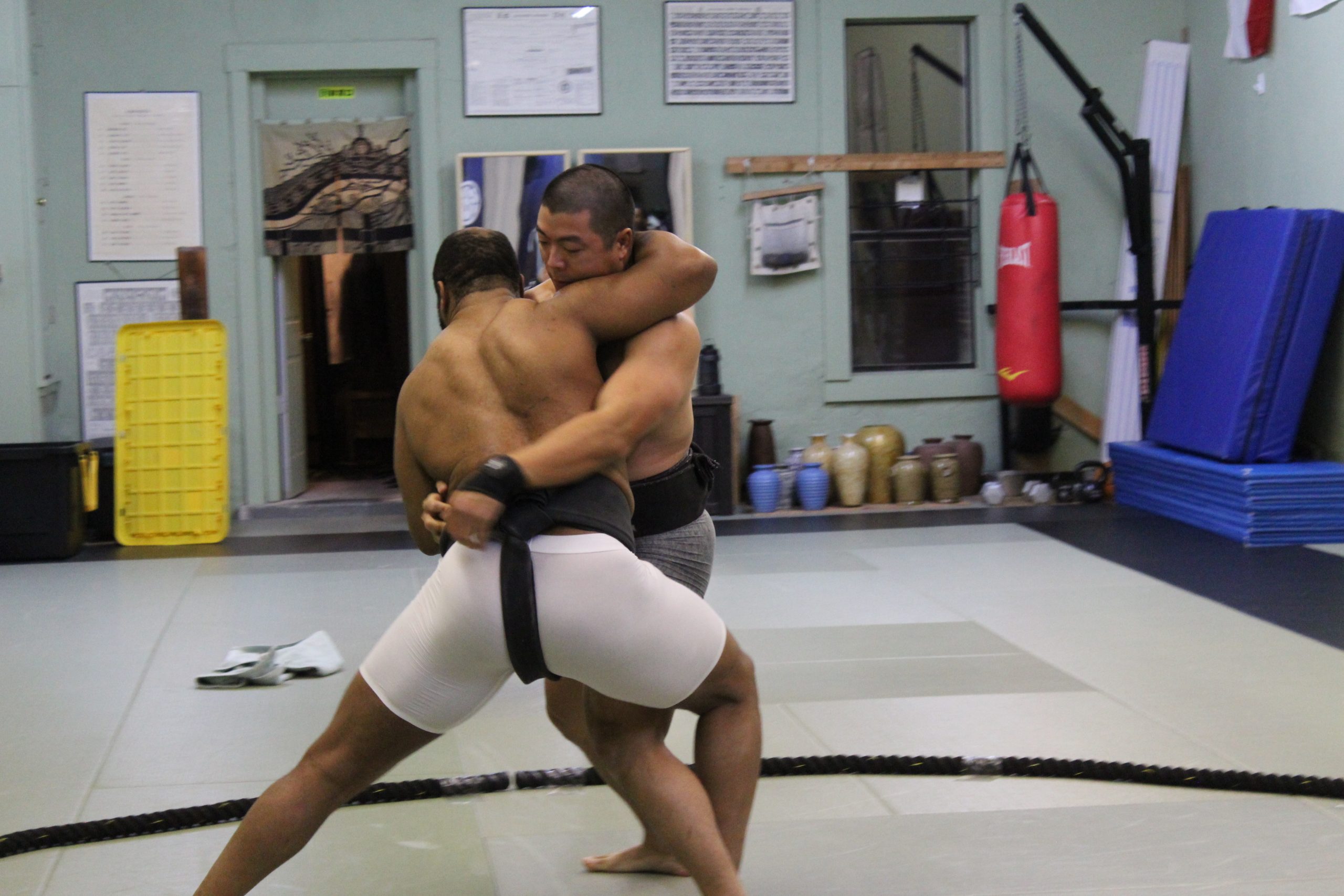
Kurowashi Collective in Denton brings a community space for sumo wrestling while maintaining a casual, friendly, and countercultural edge.
DENTON – When Matt Jim discovered sumo, they were 530 pounds and had a bit of a drinking problem. It was the height of the pandemic and they wanted to take charge of their health. They started looking into judo, and various types of karate until they stumbled upon an anime called “Hinomaru Sumo” and just knew they had to try it.
According to Jim, these days Texas has more sumo organizations than any other state, but at the time there were only a few—all located in Austin, Houston, or San Antonio. ‘Oh I guess I’ll just practice judo,’ they thought, but they couldn’t find a judo jacket big enough. Eventually, they found Dallas Sumo Cub and trained there for three years. But after a falling out with the head founder of the club, they moved to Denton and started their own practice with their wife Sabrina Jim.
The couple learned sumo together. Sabrina was instrumental in Jim’s health journey and encouraged them to make better choices. They watched sumo together, ran drills and have even launched a podcast called “Sumo Punx” where they combine their love for punk rock and sumo wrestling.
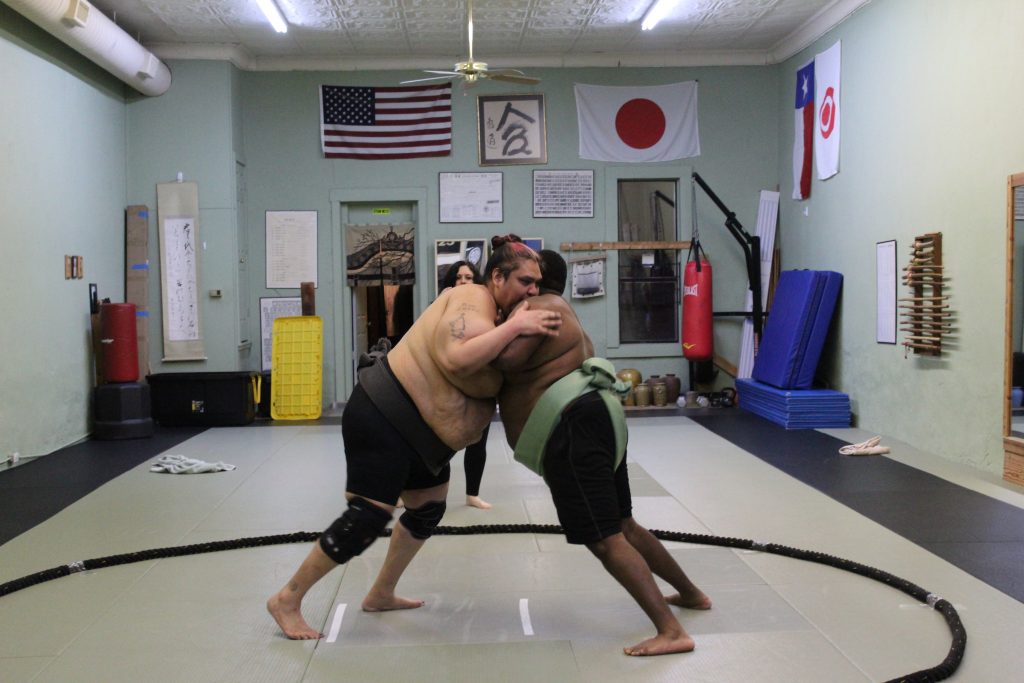
Kurowashi Sumo diverges from the traditional sumo regimen. Jim was taught and coached by an ex-professional called Yamamoto, or Yama for short. Yama’s philosophy was to find and focus on one’s strengths so that one could become a specialist. The traditional teachings focused on pushing and thrusting.
Traditional teachings also dictate that everyone does the same thing. Participants learn the material at the same time, but no one teaches technique. Any sort of cool sumo throw is meant to be learned and practiced independently.
“Even the most basic sumo throw has so many moving pieces,” Jim says. “You’ve got to move your body in a specific sequence to pull it off just right. If you don’t have someone to run it through with you you’re either gonna hurt yourself or your opponent. I think that’s dangerous. That’s why I wanted to focus more on learning these techniques together. Let’s really break it down and try them together so we can be safe, and build them into our muscle memory.”
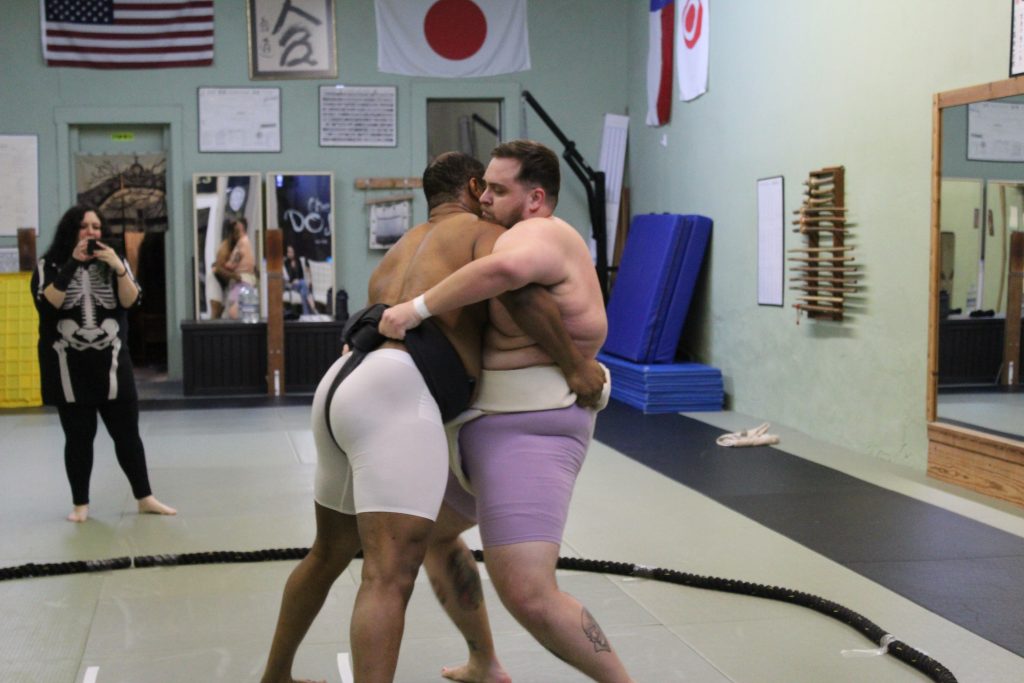
At Kurowashi collective, they practice “amazumo,” also known as amateur sumo. Amazumo is not as regimented and ascetic as ōzumō, the traditional form of sumo only practiced in Japan, and it doesn’t have the same hierarchical structure.
“We have a community based learning model,” Jim says. “We’re a very egalitarian group. We don’t have leaders, there’s no one that’s in charge. I’m the founder of the group, and I help organize, but Sabrina teaches. She runs the warm ups and I do a lot of the techniques. If one way that we do a technique doesn’t work for one person, someone else will say, ‘oh, well, I tried it this way.’ We value everyone’s input.”
Kurowashi Sumo is located in the martial arts dojo in Denton square. Jim says the leaders there are incredibly kind and compassionate. They let them use the space rent free for six months, allowing them to offer free classes.
Now, they hold sumo practice on Fridays and Saturdays, occasionally offering a class during the week. Participants pay monthly dues, but the first two classes are free. The dojo even has two rows of comfy chairs so curious people walking along the square can come in and watch.
Jim’s been doing sumo for about five years now. After all this time, their favorite part of sumo is witnessing other people’s strength and mastery over their bodies. The skill and technique others bring activates their adrenaline and encourages them to improve. When people picture sumo wrestlers, most imagine people with larger body types, but Jim says sumo wrestlers come in all sizes. They personally lost 130 pounds due to the intensity of the sport.
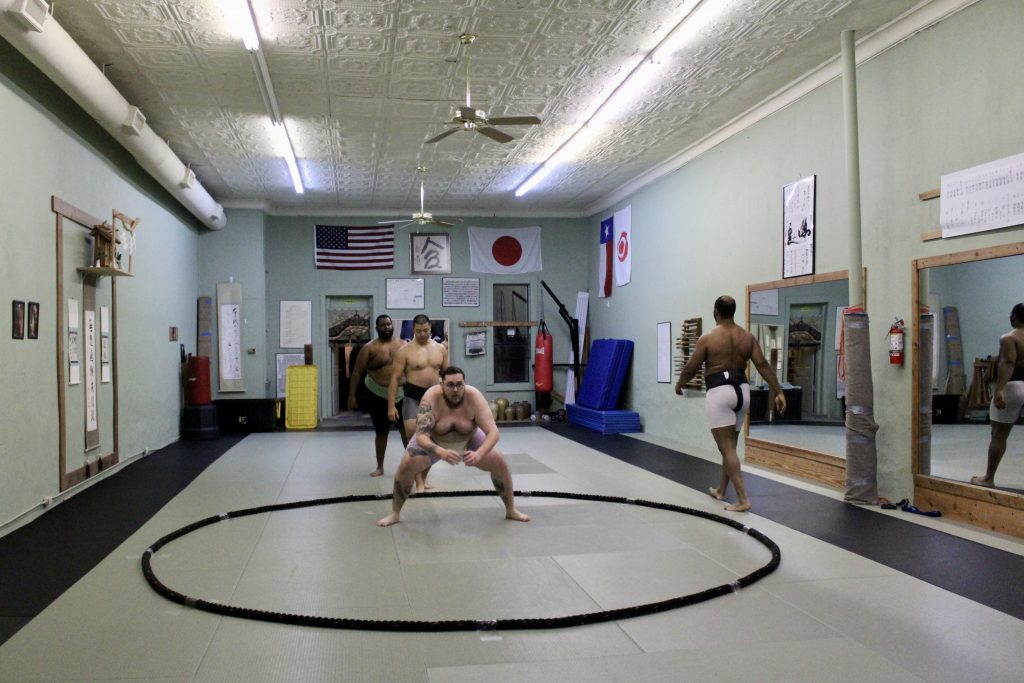
“Sumo is for everyone,” Jim says. “ It doesn’t matter your body type, your age, or where you are on the gender spectrum. They teach little kids sumo in Japan, probably around three, four years old. There was a sumo tournament last year in Aomori, Japan where a lady in her 80s competed.”
Some of the biggest lessons Jim has learned throughout their sumo practice is the art of humility and discipline. They learned the importance of letting someone teach you and practicing control. They hasn’t had a drink in over six years.
“I haven’t drank because I’ve been too busy getting beat up, ” Jim says. “The feelings I would get having fun drinking and partying, I get that 10 times more, fighting with my friends. The discipline is what really helps. I have anxiety and PTSD so if I get panic attacks I start doing sumo exercises because it makes me feel like I have control. If I control my body, I have control over something. I don’t have control over everything else in life, but I can do some shiko.”
